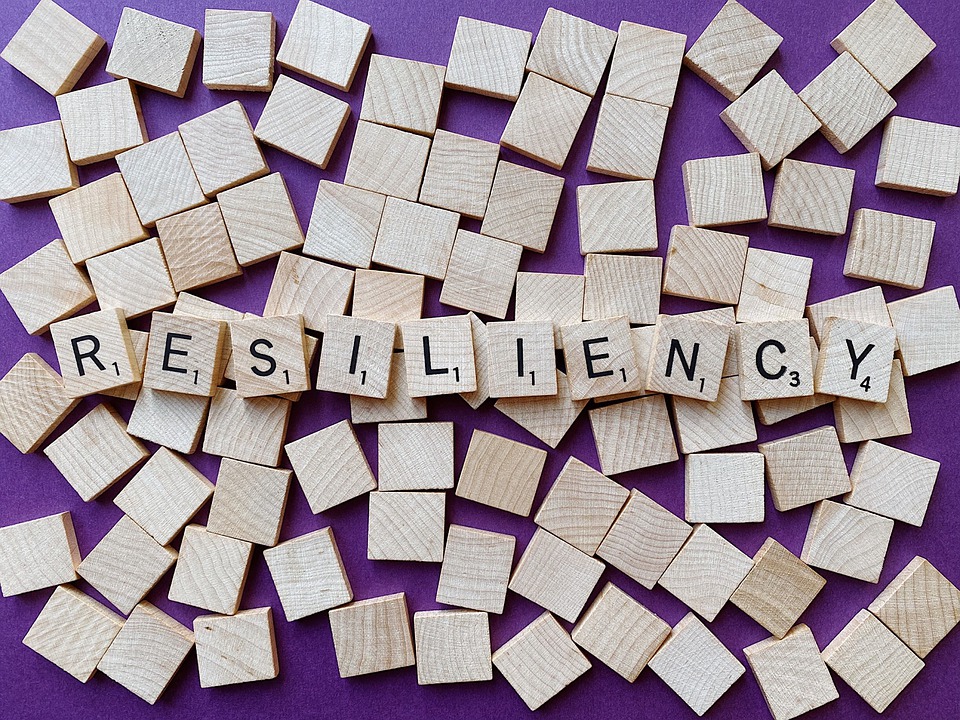Climate Change Adaptation Strategies in Russian Rural Areas
Russia is one of the countries most vulnerable to climate change, with its vast landmass and diverse ecosystems being affected by rising temperatures, changing precipitation patterns, and extreme weather events. The impacts of climate change are particularly acute in rural areas, where communities rely heavily on natural resources for their livelihoods.
Challenges Faced by Rural Communities in Russia
Rural communities in Russia face a range of challenges related to climate change, including:
- Decreased agricultural productivity due to changes in temperature and precipitation
- Increased frequency and intensity of extreme weather events, such as droughts and floods
- Loss of biodiversity and disruption of ecosystems
- Threats to food security and livelihoods
These challenges are exacerbated by limited access to resources, infrastructure, and information in rural areas, as well as the reliance of many communities on traditional forms of agriculture and land management.
Adaptation Strategies for Russian Rural Communities
There are a number of adaptation strategies that can help rural communities in Russia cope with the impacts of climate change and build resilience to future challenges. These strategies include:
1. Diversifying Agricultural Practices
One of the key ways that rural communities can adapt to climate change is by diversifying their agricultural practices. This can involve planting a wider variety of crops that are better suited to changing climate conditions, practicing crop rotation and intercropping to improve soil health and reduce the risk of pests and diseases, and adopting more efficient irrigation techniques to cope with changes in precipitation patterns.
2. Enhancing Water Management
Water management is a critical issue for rural communities in Russia, particularly in the face of increasing droughts and floods. By investing in water storage and irrigation infrastructure, communities can better cope with changing precipitation patterns and ensure a reliable water supply for agriculture, livestock, and domestic use.
3. Protecting Ecosystems and Biodiversity
Protecting ecosystems and biodiversity is essential for ensuring the long-term health and resilience of rural communities in Russia. By preserving forests, wetlands, and other natural habitats, communities can help regulate local climates, protect against natural disasters, and provide critical resources for agriculture and livelihoods.
4. Strengthening Community Resilience
Building resilience at the community level is crucial for adapting to climate change in rural areas. This can involve developing early warning systems for extreme weather events, improving emergency response and disaster preparedness, and fostering community-based adaptation initiatives that draw on local knowledge and resources.
5. Promoting Sustainable Land Management
Sustainable land management practices can help rural communities in Russia adapt to climate change while also reducing greenhouse gas emissions and mitigating the impacts of climate change. This can involve practices such as agroforestry, conservation tillage, and sustainable grazing that promote soil health, biodiversity, and carbon sequestration.
Conclusion
Climate change poses significant challenges for rural communities in Russia, but with the right adaptation strategies in place, these communities can build resilience to the impacts of climate change and secure a sustainable future for themselves and future generations. By diversifying agricultural practices, enhancing water management, protecting ecosystems and biodiversity, strengthening community resilience, and promoting sustainable land management, rural communities in Russia can adapt to the changing climate and thrive in the face of uncertainty.





